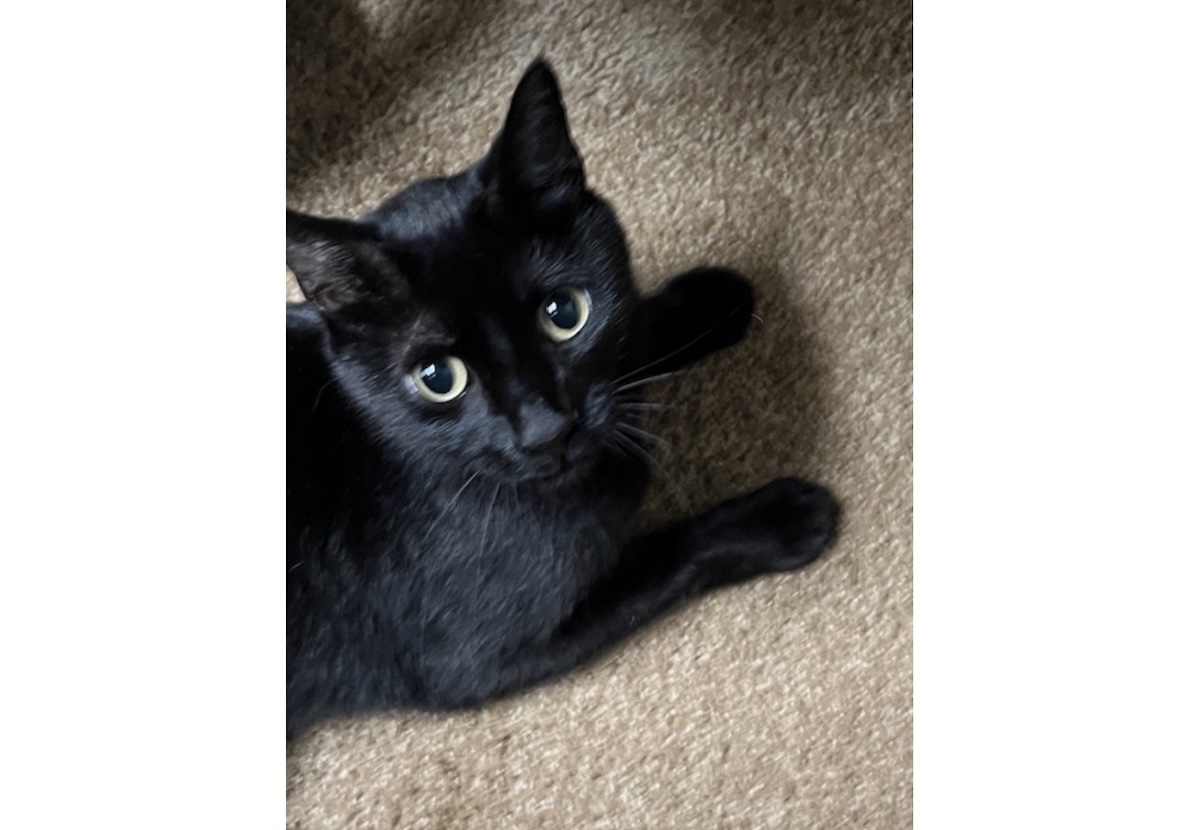A Florida virus researcher has a surprisingly efficient new analysis assistant: his cat, a black home shorthair named Pepper! Pepper’s penchant for searching (and gifting) equipped her proprietor with the very best check matter for viruses within the native natural world.
Right here’s the fantastic tale of the way Pepper the housecat-slash-virologist helped her proprietor, John Lednicky, Ph.D., uncover now not one however two new viruses. Pepper has even not too long ago taken on a trainee…
Pepper Discovers Her First Virus
Pepper the cat enjoys searching and bringing her proprietor useless rodents as presents. However in contrast to maximum cat house owners who’ve loved (or now not) this vintage cat love language, Pepper’s proprietor is a virologist on the College of Florida’s Faculty of Public Well being and Well being Professions. So when existence gave him a useless mouse, he made up our minds to check it for viruses! Scientists name this an “opportunistic study,” versus a deliberate find out about the place they could deliberately search out the mice to check.
Lednicky used to be anticipating to search out an endemic referred to as deer mulepox as a result of his staff sought after to grasp if rodents may just lift it. As an alternative, the exams confirmed a brand new form of jeilongvirus. Jeilongviruses are a part of the circle of relatives Paramyxoviridae, which incorporates better-known viruses that purpose measles and mumps. They’re commonplace in bats, rodents, and cats.
In keeping with their paper, printed in 2024, the brand new virus is known as Gainesville rodent jeilong virus 1 (GRJV1). That is the primary time it’s been detected in the United States, and in line with their early analysis, it does pose a “spillover risk,” which means it would leap between species.
 Pepper has the willing eyes of a devoted scientist
Pepper has the willing eyes of a devoted scientist
Virus Looking: Spherical Two
However wait! Pepper wasn’t glad with simply finding one new virus. This yr, she introduced house a useless Everglades short-tailed shrew, which Lednicky dutifully examined.
This time, the shrew confirmed a brand new pressure of orthoreovirus, which the staff named Gainesville shrew mammalian orthoreovirus sort 3 pressure UF-1. Ortheoviruses are discovered within the feces of mammals, reptiles, and birds, and could also be attached to gentle higher respiration sickness and gastroenteritis.
Why Do Scientists Learn about Those Viruses?
Wild animals don’t obtain the type of vaccination, deworming, and common healthcare that our pets do, so they may be able to lift a spread of sicknesses that may pose a public well being threat, each to our pets and to us. Scientists have an interest within the viruses (in addition to micro organism and parasites) circulating in natural world populations as a result of they may be able to leap between species, and a few will also purpose illness in people. For instance, rabies, bubonic plague, Ebola, and West Nile virus are all zoonotic, which means they leap from animals to people. Detecting new viruses early can assist scientists and docs reply temporarily to attainable outbreaks.
Time for a Trainee
 Jaha, the trainee virus hunter
Jaha, the trainee virus hunter
What does that imply for Pepper? Her activity as a discoverer of viruses is beautiful essential. Since searching, lounging, and finding new viruses is slightly a workload, Pepper has taken on a trainee. Her apprentice, named Jaha, is instantly studying the artwork of virus searching. It supports to have such a professional instructor!
We want them neatly with their essential paintings! Who is aware of what those running cats will uncover subsequent…
Assets
https://www.newsweek.com/cat-helps-owner-make-another-scientific-breakthrough-2097925
https://www.newsweek.com/exotic-virus-discovered-florida-rodent-human-spillover-risk-1977349
https://www.mdpi.com/2076-0817/13/10/831
https://scitechdaily.com/a-cat-a-shrew-and-a-hidden-virus-the-wild-story-of-a-backyard-discovery/
Pictures courtesy of John Lednicky







